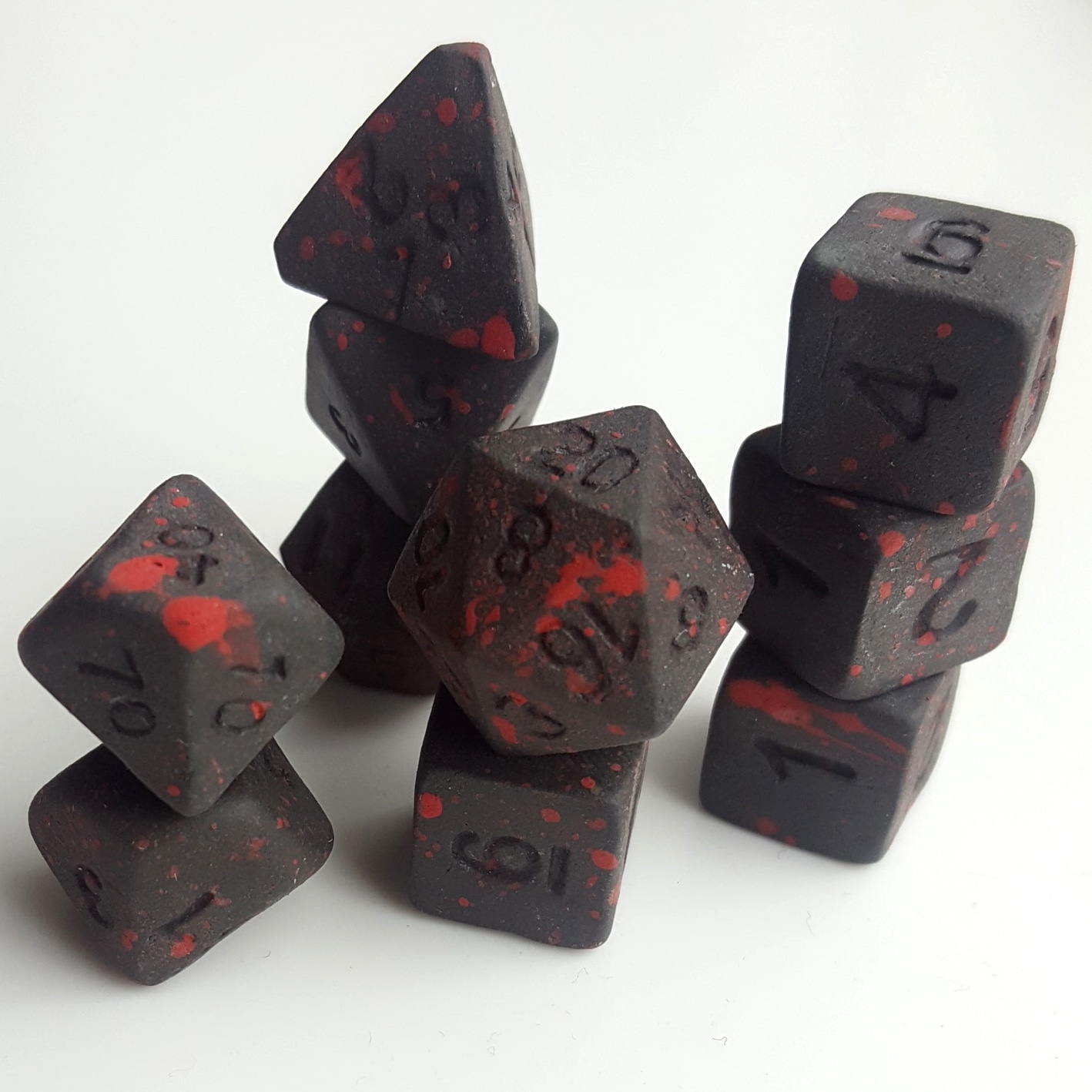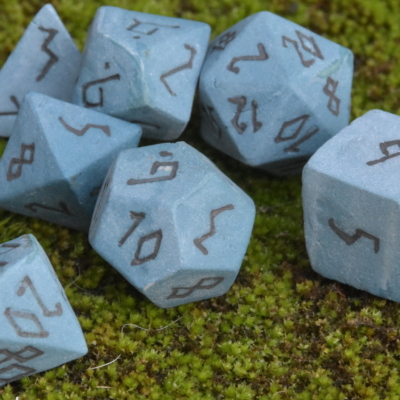Understanding Alignment in DND
The concept of alignment in Dungeons & Dragons (DND) is crucial to character development and storytelling. It guides decisions, interactions, and how a character fits into the larger narrative.
What is Alignment?
Alignment represents a character’s ethical perspective, often depicted along two axes: lawful-chaotic and good-evil. This dual-axis system helps define your tiefling bard’s personality and motivations.
Choosing the Right Alignment for Your Tiefling Bard
For a tiefling bard, alignment can influence their musical expression, performance styles, and interaction with party members. A chaotic good bard might be rebellious yet benevolent, while a lawful neutral one could adhere strictly to codes or traditions.
Tips for Beginners
New players should start by choosing an alignment that resonates personally or offers interesting role-play opportunities. Consider scenarios where your tiefling bard’s beliefs will be tested.
- Experiment with different alignments to find what enhances your storytelling.
- Discuss with your Dungeon Master how alignment can affect campaign dynamics.
Advanced Strategies for Experienced Players
Seasoned players can delve deeper into nuanced alignments like neutral evil or chaotic neutral to explore complex moral dilemmas.
- Create backstories that explain shifts in alignment due to past events or relationships.
- Use alignment as a tool for character growth and evolving story arcs.
Enhance your journey with our Blood Splatter Ceramic Dice Set, perfect for adding thematic flair to your campaign sessions.
Crafted by gamers for gamers – just like our dice sets enhance every roll of your tiefling bard’s fate!
Alignment in Dungeons & Dragons (DND) plays a pivotal role in shaping a character’s journey and weaving the narrative thread. It is a characteristic that aids in defining a character’s moral and ethical compass, influencing their decisions, interactions, and overall role in the story. For instance, a tiefling bard’s alignment can greatly impact their musical style, performance, and rapport with other characters in the game.
Understanding alignment requires grasping the concept of its dual-axis system: lawful-chaotic and good-evil. A character’s alignment is positioned somewhere along these two axes, encapsulating their ethical and moral outlook. For instance, a tiefling bard with a chaotic good alignment might be rebellious, breaking conventions and norms, yet inherently good-hearted and benevolent. Conversely, a lawful neutral bard might strictly adhere to codes, traditions, and order, without being explicitly good or evil.
Choosing the right alignment for your tiefling bard is essential as it will shape their personality, motivations, and actions. For beginners, it is recommended to choose an alignment that either personally resonates with them or offers engaging role-play opportunities. Exploring different alignments can enhance your storytelling experience and provide a deeper understanding of your character. Experienced players can venture into nuanced alignments like neutral evil or chaotic neutral to delve into intricate moral dilemmas and conflicts. Alignment is a powerful tool that aids in character development, evolution of story arcs, and adds depth to the overall gameplay.
-
Runic Duskblade Ceramic Dice Set
Select options This product has multiple variants. The options may be chosen on the product page -
Dark Heart Dice Set
Select options This product has multiple variants. The options may be chosen on the product page -
10d6 Assorted Ceramic Dice Set
Select options This product has multiple variants. The options may be chosen on the product page





